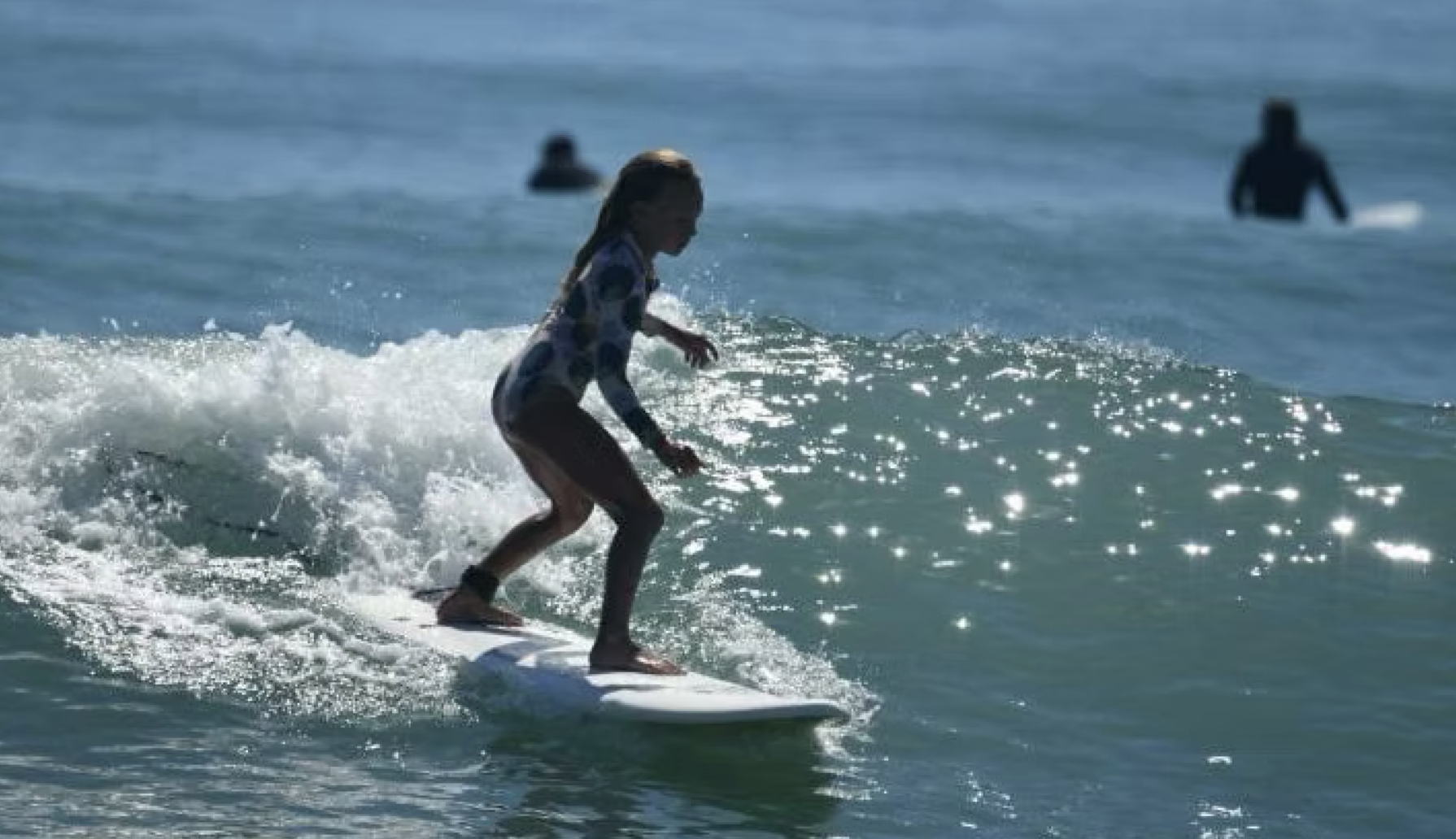Best Surfboard for Beginner Surfers: Complete Guide
If you’re new to surfing, one of the biggest questions you’ll face is: “What surfboard is best for a beginner?” Choosing the right beginner surfboard can make all the difference in how quickly you progress, how many waves you catch, and how much fun you have in the water.
With so many shapes, sizes, and materials out there, it’s easy to get overwhelmed. But don’t worry — this guide will break down everything you need to know about beginner surfboards so you can pick the perfect first board for your surfing journey.
Why Choosing the Right Beginner Surfboard Matters
Surfing has a steep learning curve. The wrong board can make catching waves frustrating, while the right board will help you stand up more easily, keep your balance, and build confidence.
Beginner surfers often make the mistake of picking a board that’s too small, thinking it will be easier to maneuver. In reality, extra length, width, and volume are your best friends when learning.
The 3 Best Types of Surfboards for Beginners
1. Soft-Top Surfboards – The Most Forgiving Option
For first-time surfers, a soft-top surfboard is hands-down the best choice. Made with a foam deck, these boards are safer if you fall, extremely durable, and very buoyant — making it easier to paddle and catch waves.
Shop our beginner-friendly soft-top surfboards here
- Safer for beginners and kids
- Extra flotation for easier paddling
- Nearly indestructible, great for travel and surf schools
Popular Sizes for Beginners:
8’0” – 9’0” for most adults
7’0” – 8’0” for lighter riders or teens
2. Longboards – Maximum Stability and Wave Count
A longboard surfboard is another excellent choice for beginners. At 8 to 10 feet long, longboards are extremely stable and have lots of surface area for balance. They glide smoothly in small surf and make catching waves a breeze.
Browse our longboard surfboards here
- Smooth, stable rides perfect for learning
- Excellent wave-catching ability
- Ideal for small, gentle waves
3. Mid-Length Surfboards – The Best Step-Up for Beginners
A mid-length surfboard offers the perfect blend of stability and maneuverability. Typically between 7’0” and 8’6”, mid-lengths are easier to turn than a full-size longboard but still have plenty of volume for wave-catching.
They’re an excellent option for beginners who want to progress faster while still riding a forgiving board.
Check out our mid-length surfboards here
What Size Surfboard Should a Beginner Get?
When it comes to beginner surfboards, bigger is better — especially at the start. The extra length and width make standing up easier and catching waves more consistent.
- Under 150 lbs: 7’6” – 8’0”
- 150–200 lbs: 8’0” – 9’0”
- Over 200 lbs: 9’0”+
Need help picking the right size? Contact our surf experts here
Foam vs. Fiberglass Surfboards for Beginners
Foam (Soft-Top) Surfboards
- Safer for falls
- More durable and less likely to ding
- Perfect for the first 6–12 months of surfing
Fiberglass Surfboards
- Lighter and more responsive
- Less forgiving, better for intermediate surfers
- Can ding easily if mishandled
Beginner Surfboard Buying Tips
- Prioritize stability over maneuverability when starting out
- Don’t size down too soon — volume and length help you learn faster
- Consider starting on a soft-top before transitioning to fiberglass
- Try before you buy if possible to see what feels comfortable
The Bottom Line
The best surfboard for beginner surfers is one that’s long, wide, and buoyant — typically a soft-top, longboard, or mid-length. These boards make learning easier, help you catch more waves, and allow you to focus on technique instead of struggling to stay upright.
Beginner Surfboard FAQ
1. What size surfboard is easiest for beginners?
Most adults do best with an 8’0”–9’0” board for stability and wave-catching power. Teens or lighter riders can start with 7’0”–8’0”.
2. Is a foam surfboard better for beginners?
Yes — foam surfboards are safer, more durable, and more forgiving than fiberglass boards, making them ideal for learning.
3. How long should a beginner use a soft-top surfboard?
Generally 6–12 months, or until you can confidently catch and ride waves in varying conditions.
4. Can I learn to surf on a shortboard?
It’s possible but much harder. Shortboards have less volume and stability, making them challenging for beginners.
5. What’s the average cost of a beginner surfboard?
Expect to pay $300–$600 depending on size, material, and brand. Foam boards are usually cheaper than fiberglass.


